- Home
- Eco Reviews
- LED Bulb Review
Home LED Light Bulbs Review
In this home LED light bulbs review I’ll be looking at "SimplyLED’s" non-dimmable Series II GU10 bulbs.
This review (as with all the reviews on this site) is my personal opinion on the above product. I do not receive any monetary recompense from the company, although they did supply the bulbs to be tested free of charge.
The bulbs on test are GU10 LED bulbs (often referred to as LED down-lighters).
Specification:
Beam Angle - 60º
Life span – 30,000 hrs.
Size – 56mm (h) x 50mm (d)
Colour temperature – 3,000 k (warm white).
Wattage – 5 w
Lumens – 410
Home LED Light Bulbs Review:
Fitting:
Installing the bulbs is as expected very simple and takes just a few moments. The only slight difficulty I had related to my ceiling and not the bulbs. On two of my fittings I found it difficult to push the bulbs in far enough to fit the retaining clips.
It ended up being a relatively simple fix as I simply removed the housings from the ceiling, fitted the bulbs into the housings and then I pushed the sprung housings back into the ceiling.
Once fitted the first thing I noted was that the LED bulbs are quite a bit brighter than the old 35W halogen bulbs they replaced and although the LED bulbs tested are “warm white” they are noticeably whiter than the halogen ones.
So much so that I'd suggest for a domestic situation the Cool White might be a little stark and art gallery like, unless of course you like a very white light.
Appearance:
As you can see from the image below the biggest difference between the old halogen bulb and the new LED bulb is the cooling fins on the side of the bulb. Although for obvious reasons these will not be visible after fitting.
You'll also note that the LED bulb is very slightly deeper than the halogen bulb which it replaces.
During this LED light bulbs review and upon fitting them in your home the biggest difference you'll note (once fitted) is the visual appearance of the light emitting diodes compared to the traditional halogen bulb. Personally I like the look of the LED bulbs as they remind me that I'm saving energy (and money) every time I look at them.
Some older style LED bulbs still use the basic light emitting diodes which don't look particularly attractive however these bulbs on test cover them which helps to diffuse the light and give a better appearance when the bulb is not switched on.
The colour of the light from the LED bulbs is a little whiter than the light from the old halogen bulbs. But I got used to it very quickly and after a few days I don’t notice it anymore. The biggest difference is how the light seems to fill the entire room. With the old halogen bulbs I found that the light from each bulb appeared in quite a narrow shaft beneath each bulb.
The best example I can give to explain this is; if you wanted to look at something in detail like small writing I found with the old bulbs that you really needed to be directly beneath one of the bulbs to see it well. But with the replacement LED bulbs the light angle appears to be much greater and fills the room much more than the halogen bulbs.
Running Costs:
This is the big one as far as justifying the cost of replacement LED bulbs for your down-lighters as I’m aware many of you may feel modern LED bulbs are expensive.
While carrying out this LED light bulbs review I haven’t used any particularly expensive of scientific equipment for this test. However I have used an electricity monitor to give me an idea of daily and monthly running costs for both my old halogen bulbs and the replacement LED bulbs.
I ran the electricity meter with just back ground devices on (i.e. power to dishwashers, fridges etc.) This background level was £18 per month. Once I turned on the old halogen bulbs the monthly cost of electricity jumps to £36 meaning the monthly cost of running 6 halogen GU10 bulbs (constantly) is £18.
Once I replaced the halogen bulbs with the series II LED GU10 bulbs from “SimplyLED” I performed the same test.
- Base reading with Lights turned off £18/mth.
- Reading with LED bulbs on £21/mth.
Therefore the cost of running the LED bulbs (constantly) for 1 month is £3 compared with £18 for the traditional Halogen bulbs.
I know I don’t need to point this out to you as you’re more than capable of doing the maths yourself but I can’t resist.
The Maths Bit:
No LED light bulbs review would be complete without looking at the potential savings so...
Assuming a month has 30 days, the running cost of each set of 6 bulbs is as follows:
- LED: £3 / 30 days = £0.01/day or £0.004/hr.
- Halogen: £18 / 30 = £.060/day or £0.025/hr.
At
this point the numbers look really small and not worth thinking about
but stay with me. If we assume the lights will be on for 4 hours per day
the daily cost of running the lights are as follows:
- LED: £0.016 per day
- Halogen: £0.10 per day
Therefore the typical monthly running costs (in my house) with 6 down lighters in the kitchen is:
- LED: £0.48 per month
- Halogen: £3.00 per month
So
we can say that replacing 6 halogen bulbs with 6 LED down lighters I’ll
save £2.52 per month. So it’ll take me 5 months to recoup the cost of 1
LED bulb and 2½ years to recoup the cost of all 6 LED bulbs through
savings on my electricity bill. Again this may not seem like a
significant saving…
Until you consider that on average I replace my halogen bulbs every 1-2 years whereas the life expectancy of the "SimplyLED" bulbs is 30,000 hours.
This equates to 20.54 years if used 4 hours per day and should therefore save me £621.13 over their life spam.
Plus these figures assume the cost of electricity won’t increase over those 20 years which we all know isn’t the case.
I’d
also have to replace the traditional halogen bulbs around 10 times at a
cost of around £60 pounds making my total savings £681.13 over the
expected lifespan of the LED bulbs.
Not bad!
Warranty:
It's always reassuring when I see that a company is confident enough in its product to offer a really good warranty and I was really happy to see that "SimplyLED" offer a 30 day home trial and 3 years guarantee on all their LED bulbs.
Conclusion:
All in all, low energy light bulbs are one of the best and most cost effective home improvements you can make and I’m happy to recommend the GU10 LED NxtGen Series II bulbs.
I hope my home LED light bulbs review has been useful to you and please feel free to let me know your comments or experiences if you’ve used these bulbs yourself by using my contact page.
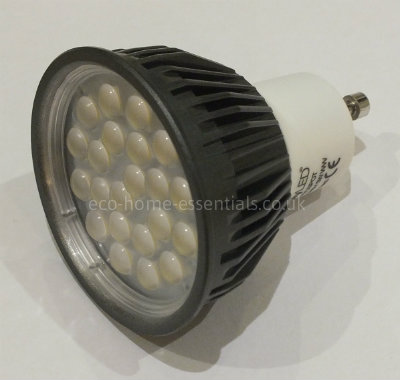
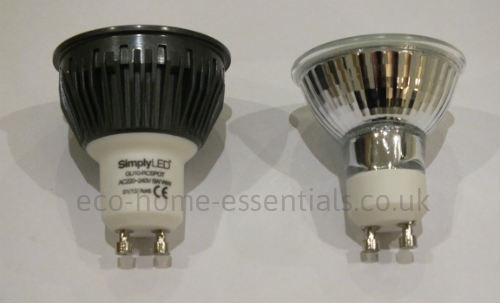
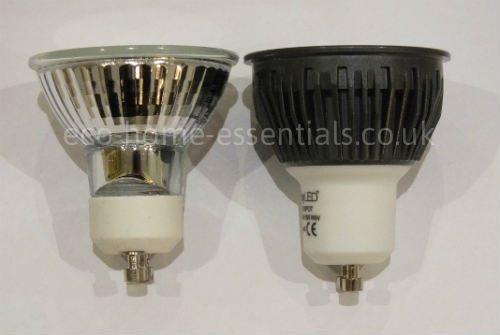
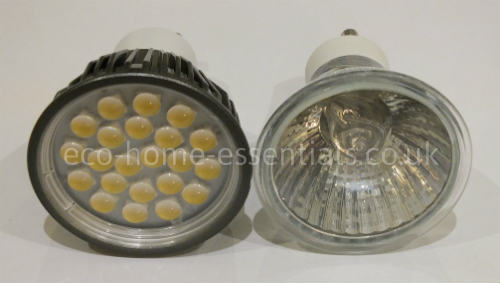






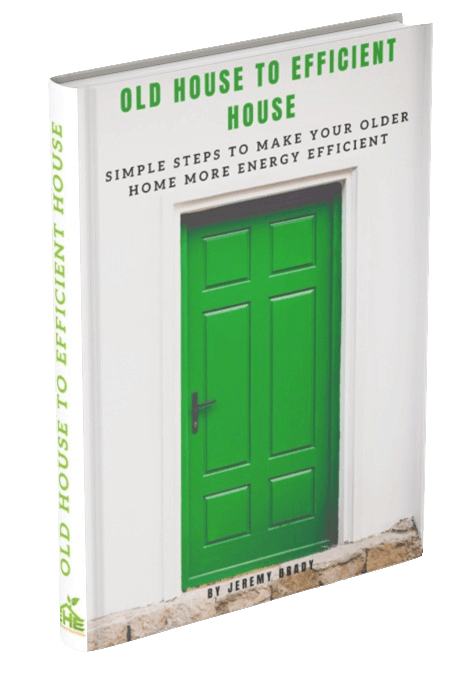





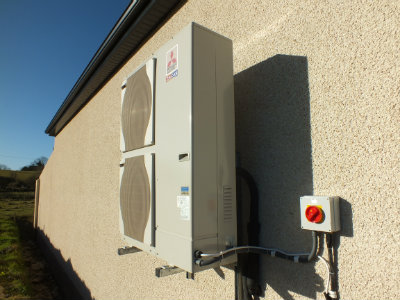
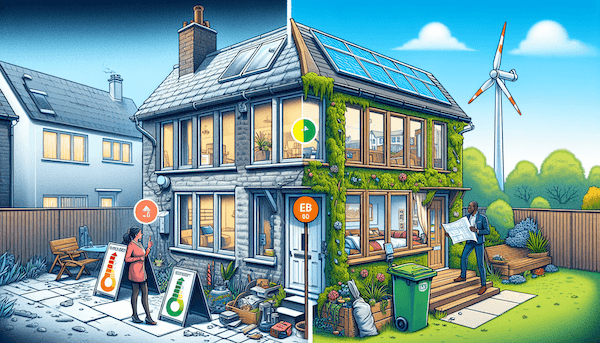
New! Comments
Have your say about what you just read! Leave me a comment in the box below.